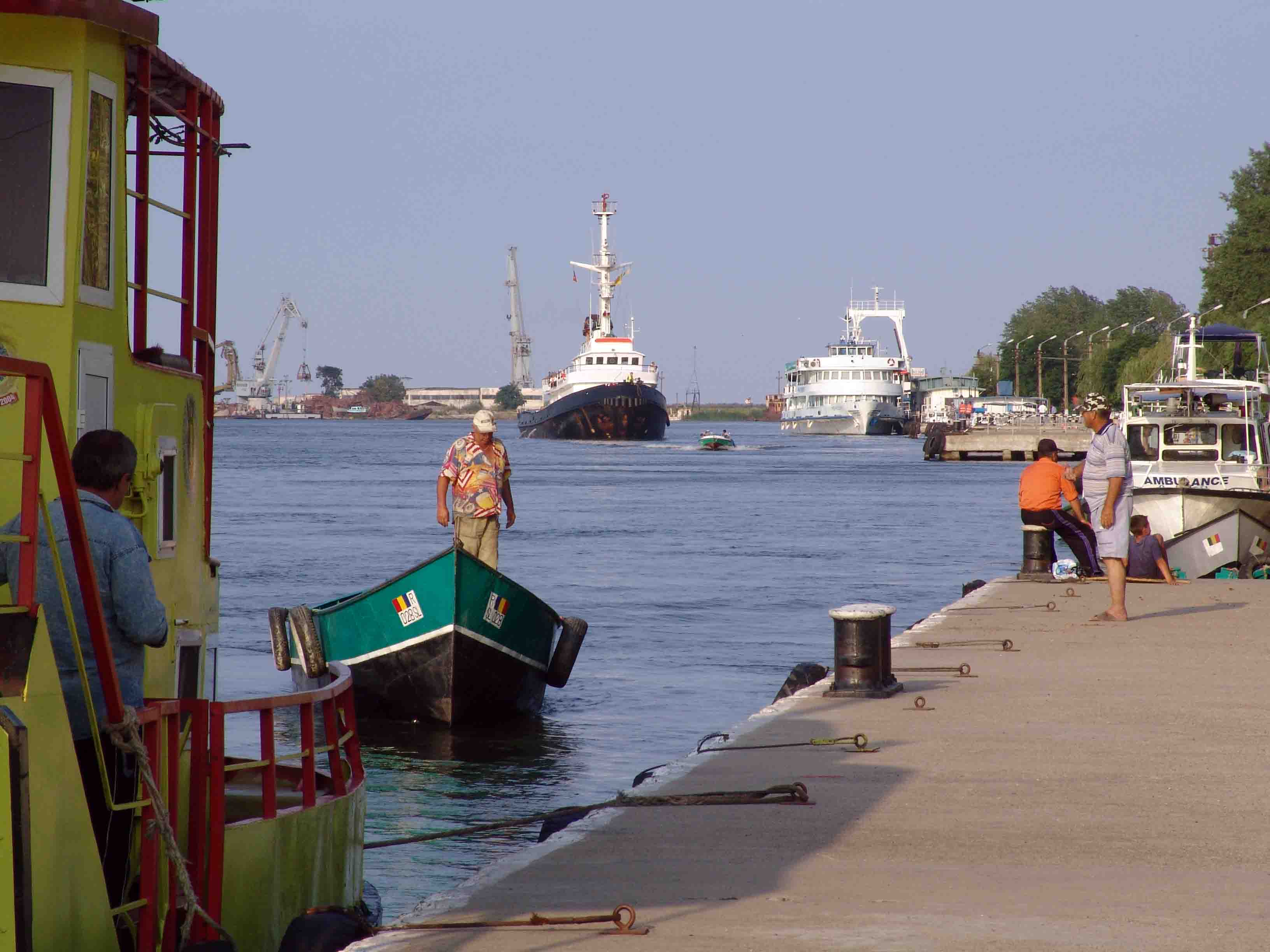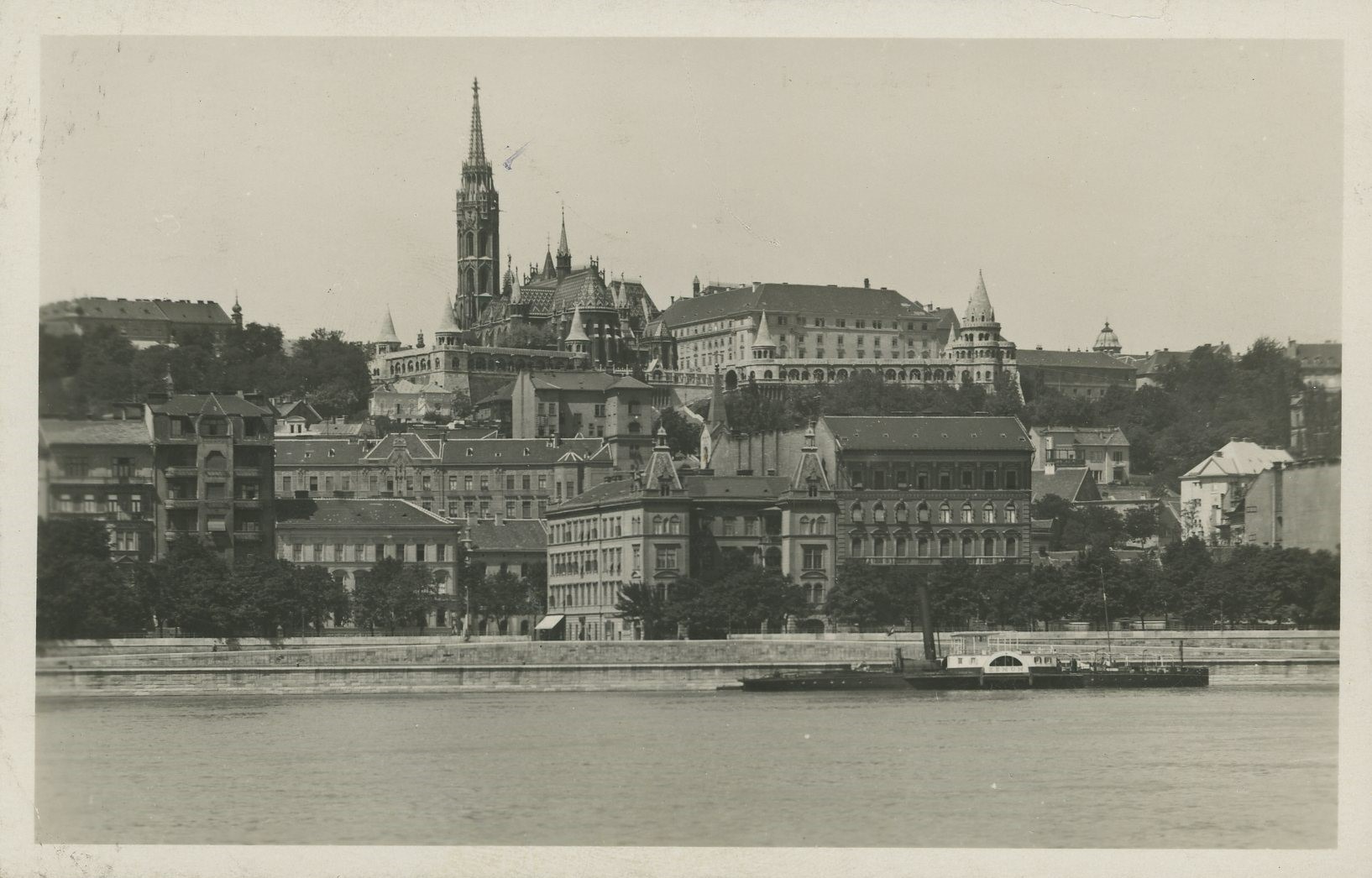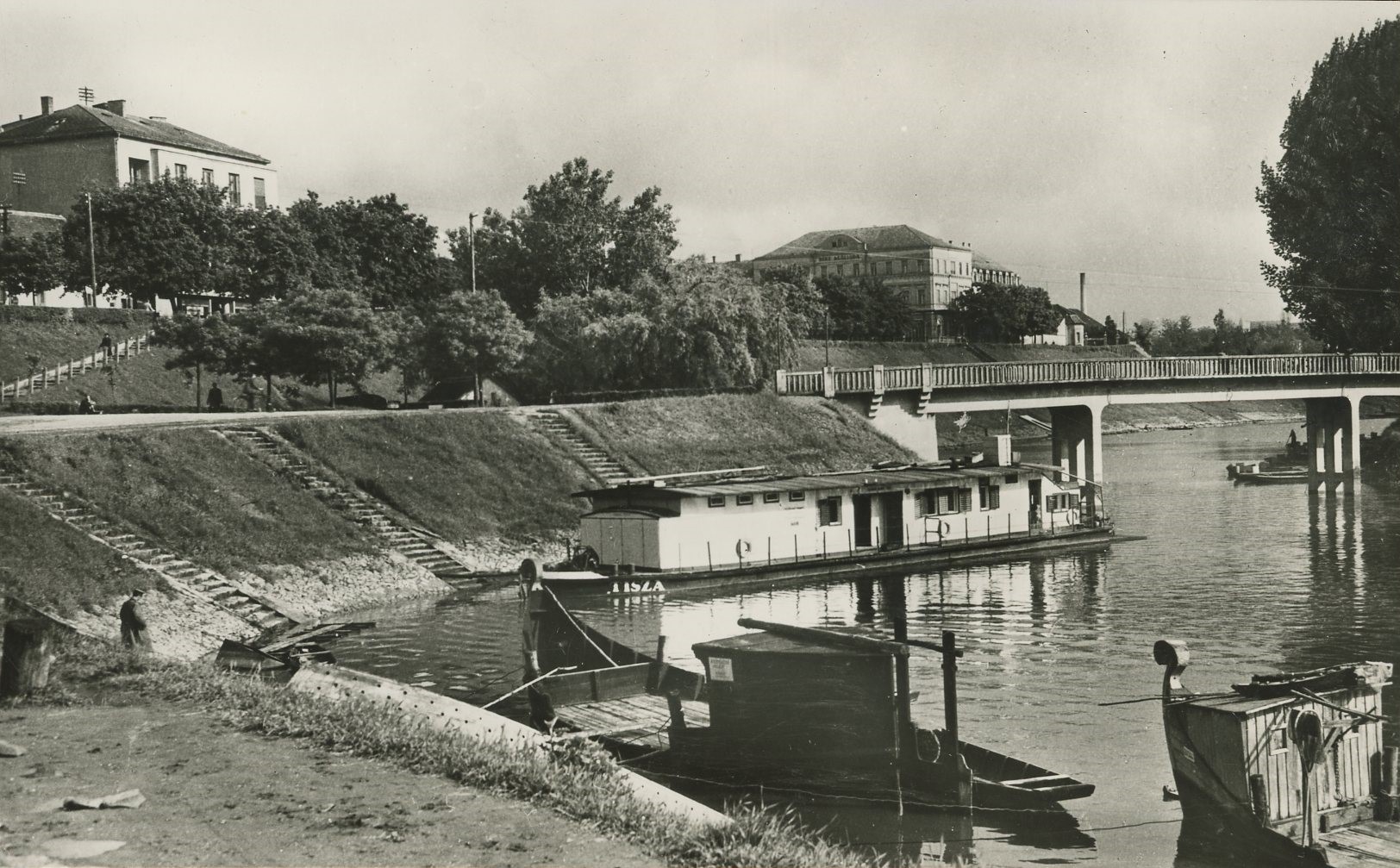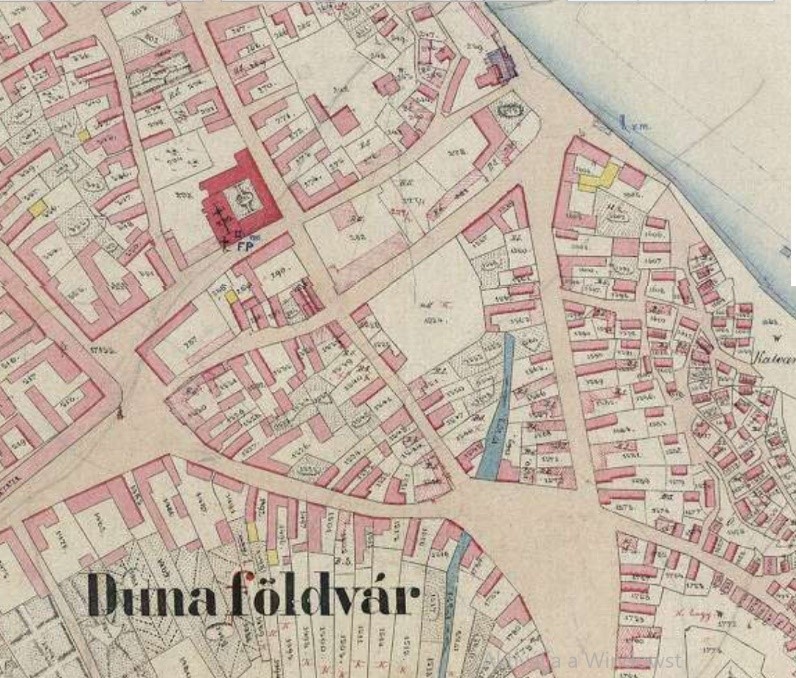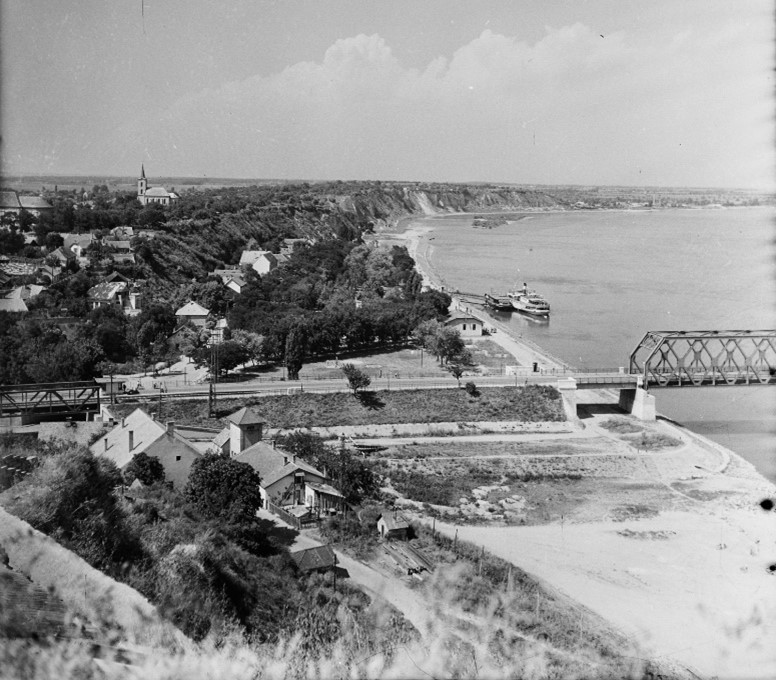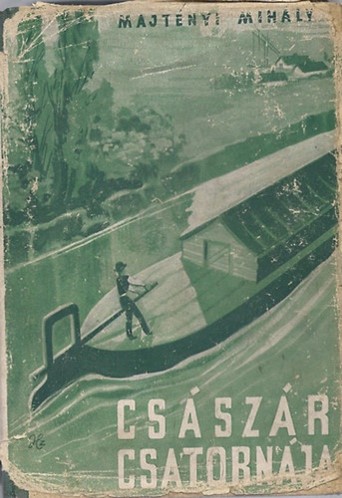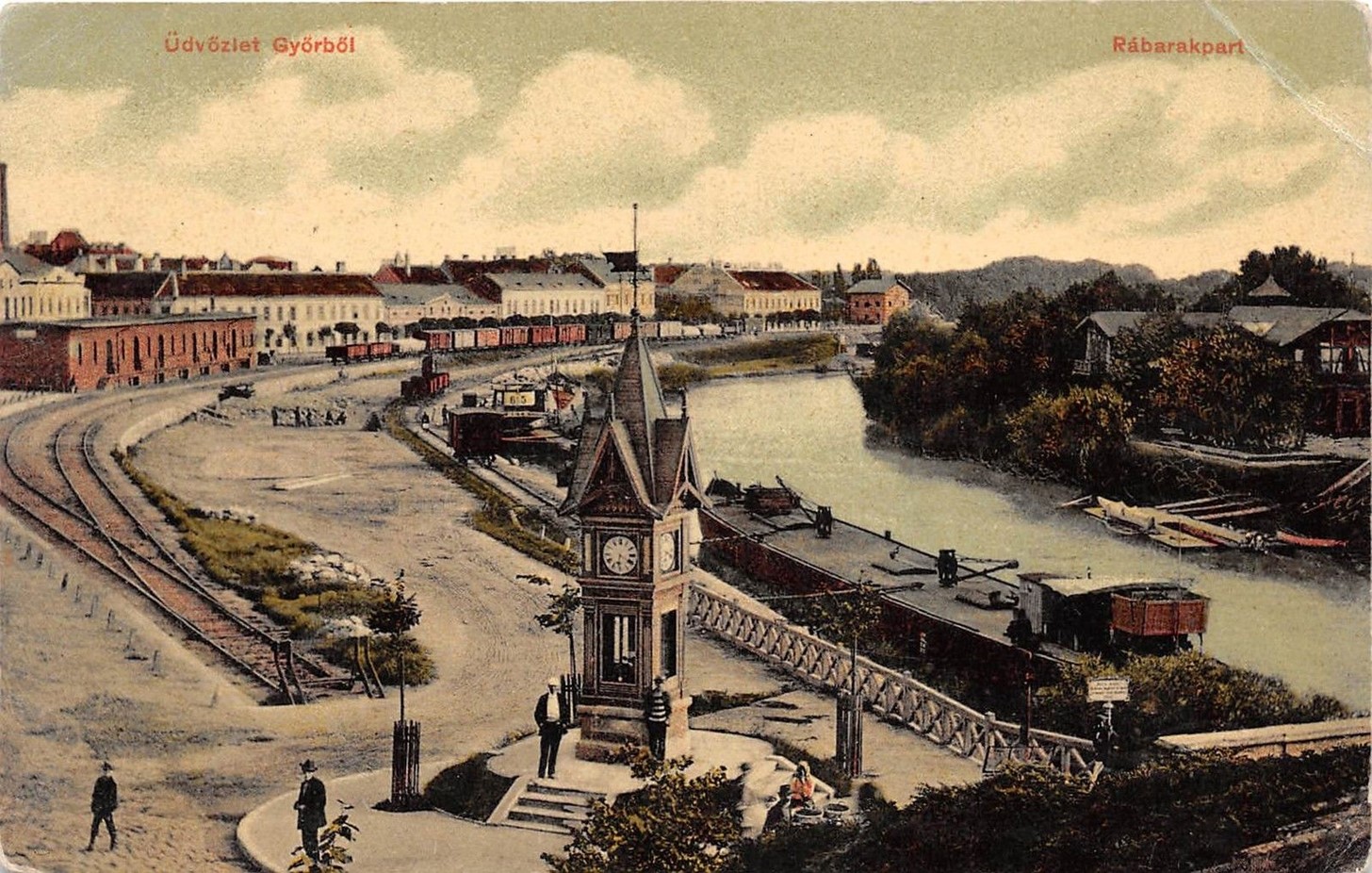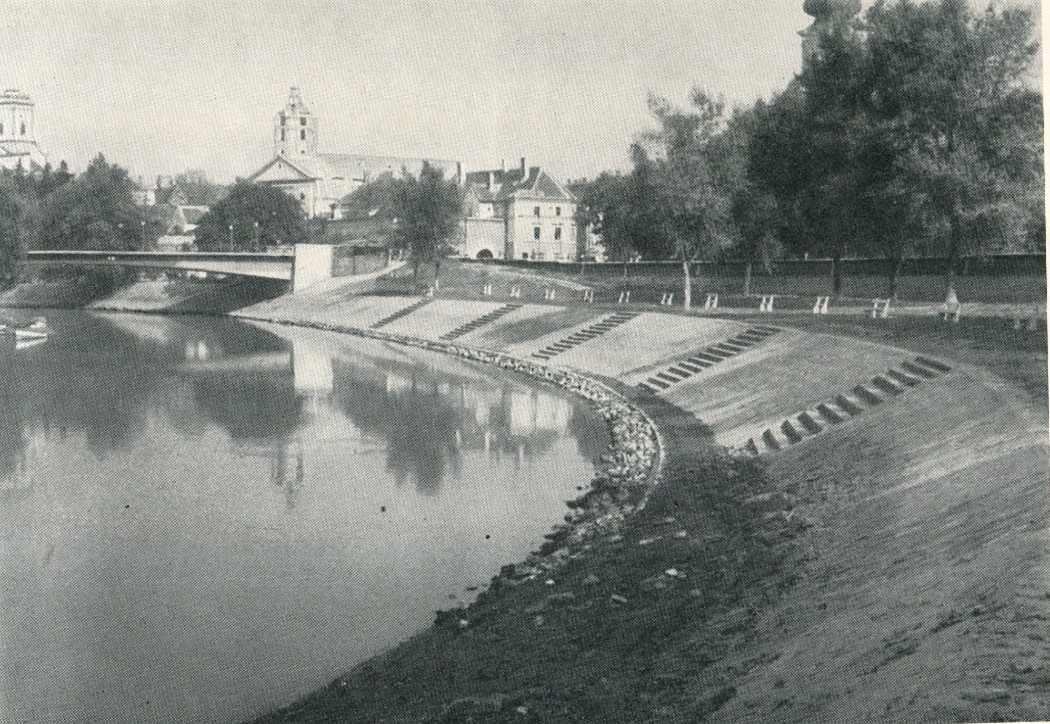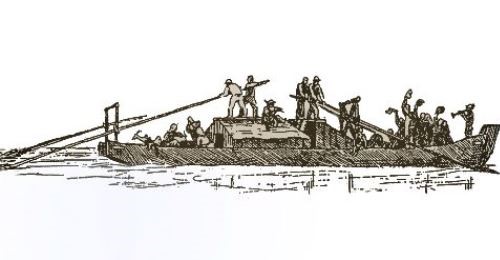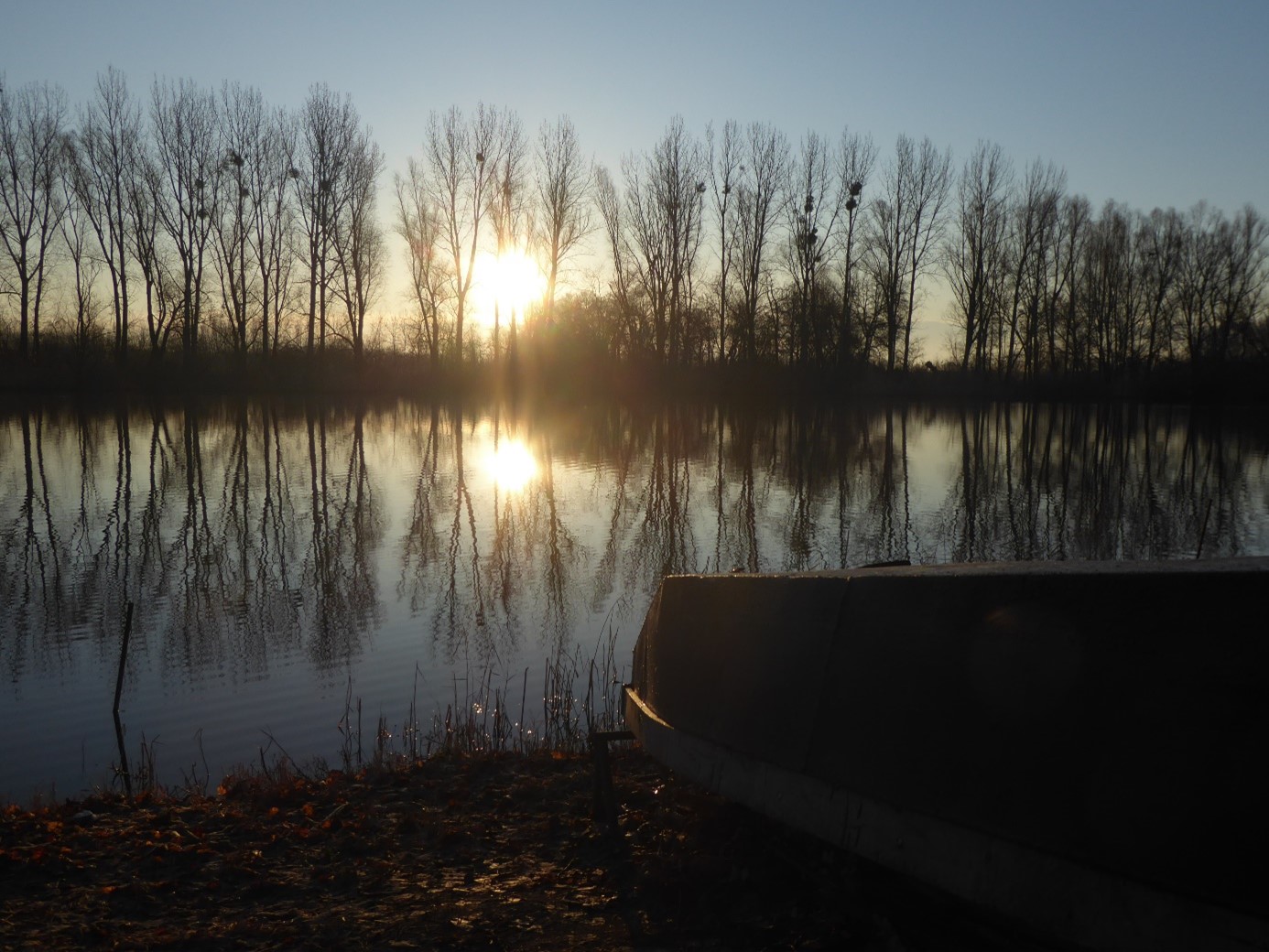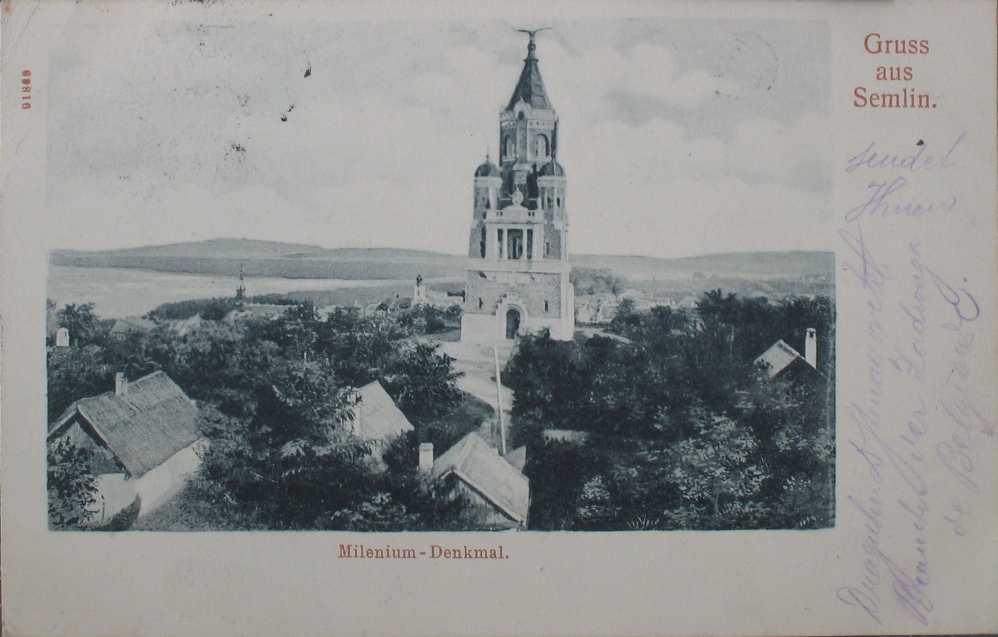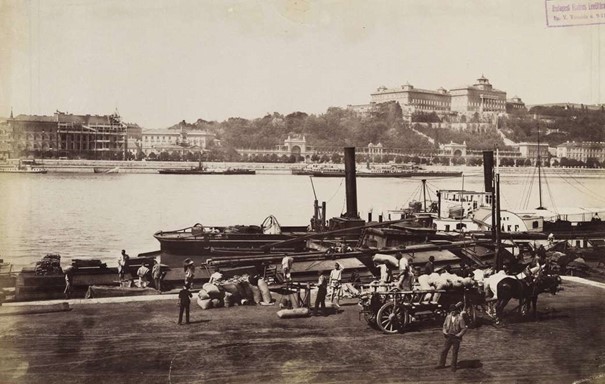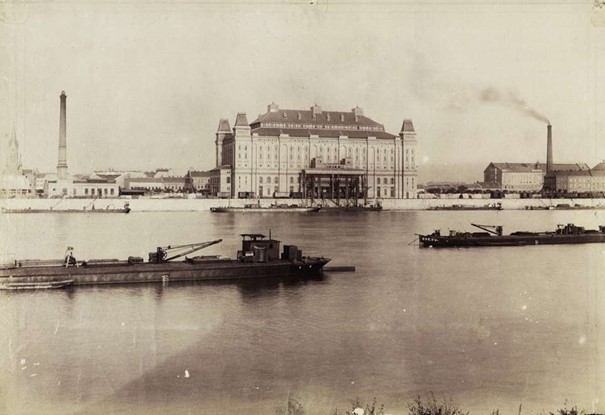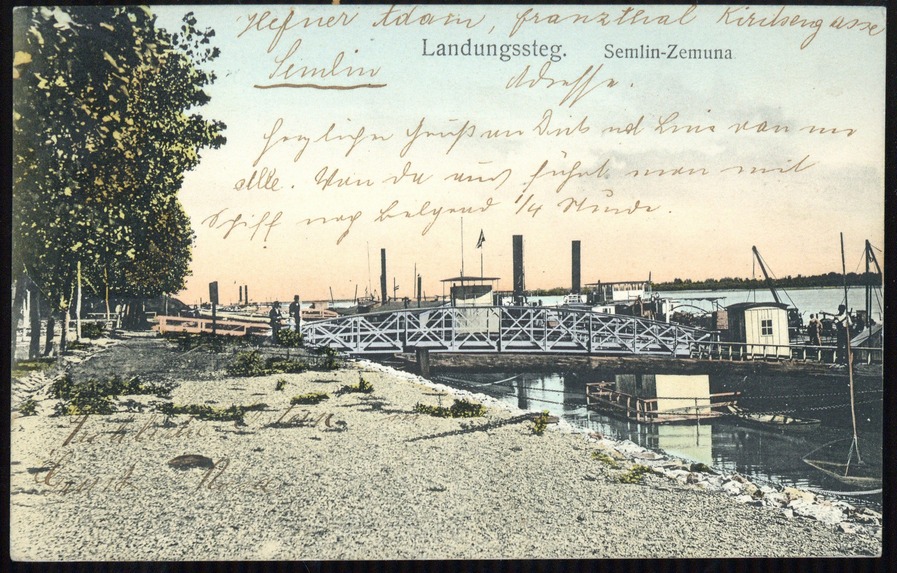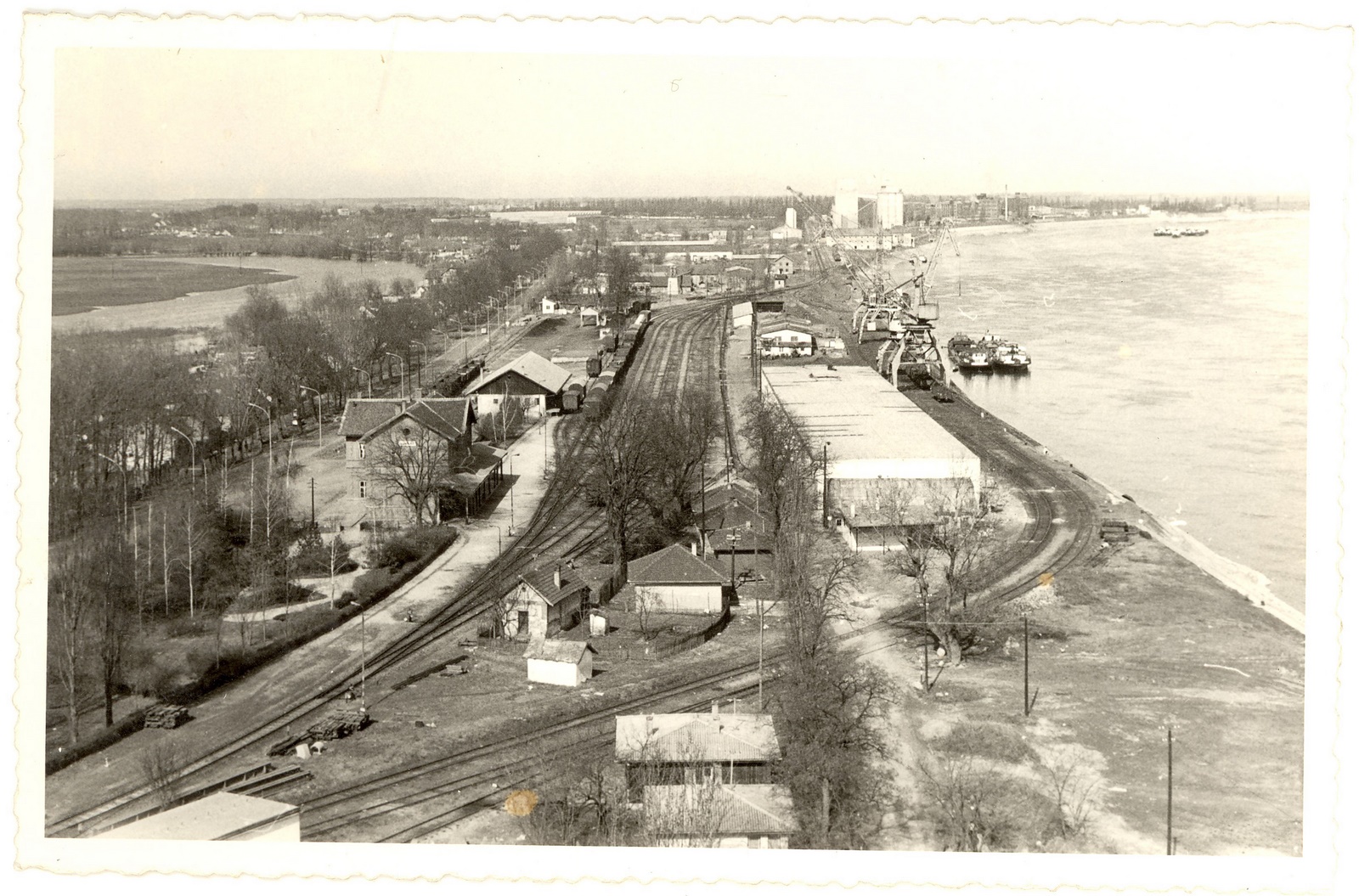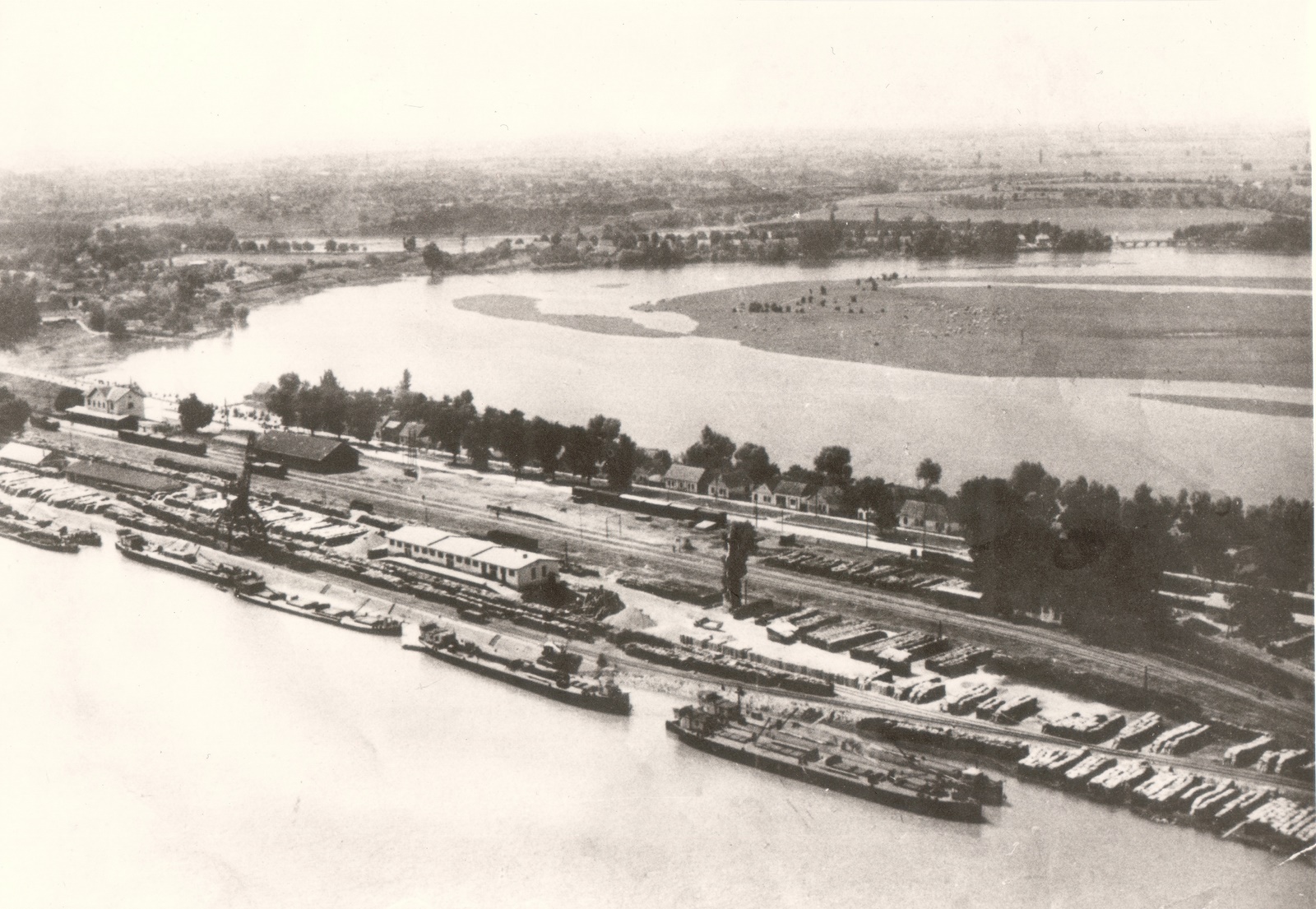Ports along the Danube
History, architecture, people
Current Events:
From Ulm to the Black Sea, the exhibition “The Ports of the Danube: History – Architecture – People” tells the story of the once vibrant meeting places along the river – places where trade, technology, and culture converged.
Opening: November 24, 2025, Budapest.
For more information about the exhibition, please visit:
Read the report ‘Visszavadul-e a fiumei Delta?’ by Máté Tamáska, published on 15 August. In this report, the architectural sociologist focuses on the processes of change that the Fiume Delta has faced in recent decades, combining environment, history and future in his analysis. In doing so, he raises the exciting question: Can this area ever regain its original natural beauty?
You can access the report at the following link:
The port report by Hungarian architectural sociologist Máté Tamáska, published on 8 May 2025, is now available! In it, Tamáska conveys a current picture of the harbour in the Slovakian capital. At the same time, he looks back into the past and analyses its transformation process.
You can access the harbour reportage via the following link: Port Report from Bratislava :: danube-ports.com
A further report on the conference ‘Ports on the Danube: History, Architecture, People’, which took place on 5 and 6 November 2024 in Novi Sad, has now been published. In it, economist Richard Vahrenkamp provides an overview of the conference and summarises the key findings and theses on the Danube ports presented by the speakers.
Click here for the conference report: Ports on the Danube: History, Architecture, People
The 11th volume of the book series and research workshop TÉRformák - TÁRsadalom-formák - edited by architectural sociologist Máté Tamáska - was published in 2024 under the title Danube Ports from Vienna to Novi Sad. In four chapters, twelve studies outline the development of Danube shipping, the changing role and industrialisation of the river, port construction and port development in the 19th and 20th centuries as a decisive process in the dynamic transformation of Danube cities. The aim of the volume is to provide insights and questions for architectural sociology.
Go to review: Fókuszban a kikötők térformáló hatása. Tamáska Máté (szerk.): Dunai kikötők Bécstől Újvidékig | Debreceni Szemle
The Institute for Danube Swabian History and Regional Studies in Tübingen invited interested parties to the conference ‘Ports on the Danube. History, Architecture, People’. The conference took place from 5 to 6 November 2024 in Novi Sad and was held as part of the international project ‘Ports on the Danube: History, Architecture, People’ funded by the Baden-Württemberg Foundation. The conference focussed on the increasing importance of inland waterways, transport corridors and port areas for transport, trade and urban development. Historical and sociological perspectives on waterways as channels for the exchange of knowledge, people and goods were also examined.
Find out more here: Report on the workshop in Novi Sad
Impressions of the project
The project "Ports on the Danube: History, Architecture, People", funded by the Baden-Württemberg Foundation, focuses on the port facilities of the modern era with the quays that have been built since the 19th century, which enabled the construction of larger buildings and infrastructure on the water. When looking at the Danube ports, several areas overlap: technical progress (and the associated development of mobility - keyword steamship), urban development and social history (migration). We assume that since the 19th century the Danube ports have had similar infrastructure, architecture, social milieus, networks and communication opportunities as well as diverse and sometimes alternative uses. These similarities and interdependencies have shaped and continue to shape the tangible and intangible cultural heritage along the Danube. However, there were also differences in development between the ports, which are to be explained in the sense of a critical questioning of their homologous and different structures. Thanks to the interdisciplinary approach of the project, these can be researched, interpreted, communicated and put up for public discussion.
Program points of the project
Port reports
The reports on selected port facilities and their stories tell of historical events, current developments and the many facets of port culture.
Workshops
Both scientific conferences and student seminars will be held as part of the project in 2024.
Traveling exhibition
The traveling exhibition will initially be shown at three locations in Budapest, Ulm and Novi Sad in 2025 and will be accompanied by an exhibition catalog.
Anthology
The scientific results of the project are to be published in an anthology in 2026/27.
